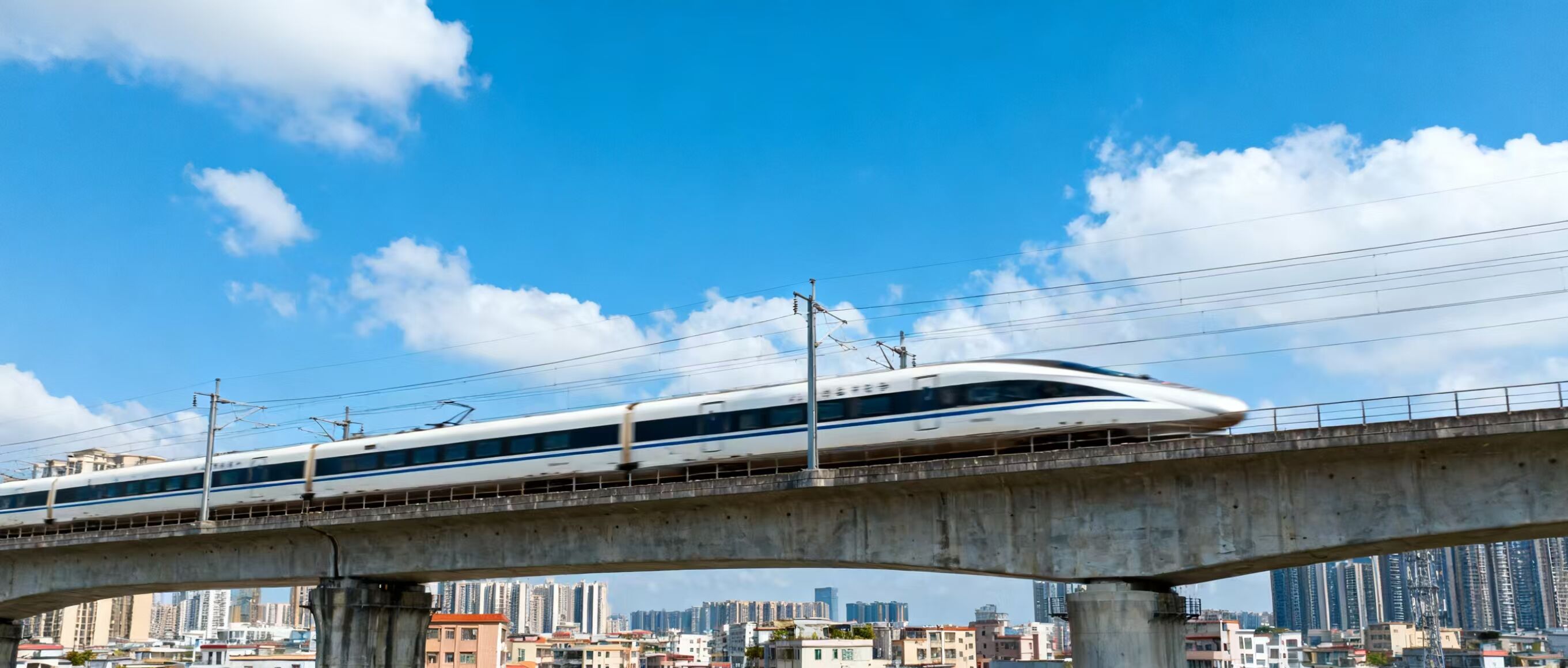Rail transit and marine systems constitute vital components of modern transportation, encompassing high-speed trains, metros, light rail, trams, freight locomotives, commercial vessels, naval ships, cruise liners, and offshore platforms. Both railway...

Rail transit and marine systems constitute vital components of modern transportation, encompassing high-speed trains, metros, light rail, trams, freight locomotives, commercial vessels, naval ships, cruise liners, and offshore platforms. Both railway locomotive traction systems and marine propulsion and power distribution systems rely heavily on extensive power electronic equipment and control systems, such as traction converters, braking units, on-board controllers, communication and signalling equipment, navigation radars, and marine power supplies. These core components generate substantial heat during prolonged high-load operation. Inadequate thermal design not only leads to component overheating and failure but may also cause train malfunctions, navigation interruptions, or safety incidents. Consequently, efficient and reliable thermal management solutions are critical to ensuring the stable operation of rail and marine systems.
Rail traction systems and marine power systems typically handle hundreds of kilowatts to megawatt-level power. Power devices such as IGBT modules and rectifiers generate substantial heat, necessitating highly efficient heat sinks to maintain safe operating temperatures. Rail vehicles encounter vibration, shock, and dust during high-speed operation, while vessels endure salt spray, humidity, and corrosive conditions. Heat sinks must therefore possess robust mechanical strength, corrosion resistance, and contamination tolerance.Limited installation areas within rail vehicles and marine equipment necessitate compact heat sink designs for integration into confined cabinets or engine rooms, while minimising weight to reduce energy consumption.Moreover, the operational reliability demands for ships and trains are exceptionally high. Any overheating shutdown could incur substantial economic losses and pose safety risks. Consequently, thermal management systems must incorporate long-life, low-maintenance, and highly redundant designs.